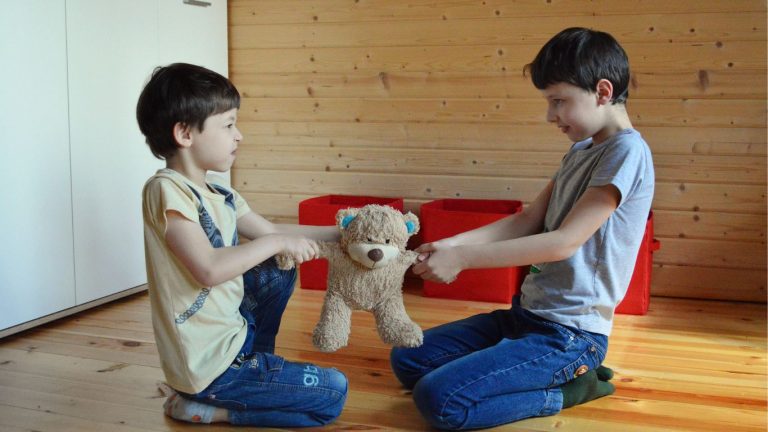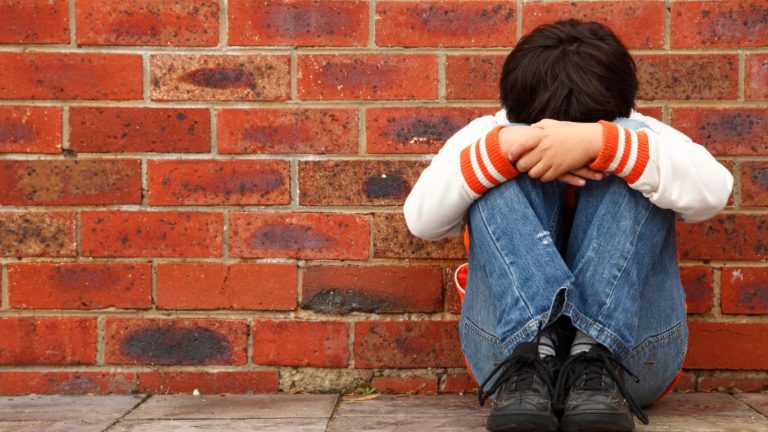Are you seeking effective parenting methods for raising your kids? Family therapist and renowned author Diane Levy provides 5 key strategies to improve child attitude and behaviour — whether terrible toddlers, adolescent boys, or teenage girls.
So here are my 5 Top Tot to Teen Tips … Whenever I speak at parenting (or teaching) seminars about how to get children to do as they are told, there is a point where I realise that I pause and say “If there is one tip that will dramatically change your effectiveness, it is this one …” which has led me to think, “What other tips are there that parents report back that they work quickly and, with hindsight, appear obvious?”
- Tip One: If you want to be powerful, Walk Over
- Tip Two: Fair systems save Sibling Scraps
- Tip Three: Dressing backwards saves Stripping
- Tip Four: Poo training can be a matter of Location
- Tip Five: Transporting Teens is Information Gathering
…and the details.
Tip 1: If you want to be powerful, Walk Over
When we ask, explain, reason, call or even yell at a distance, we are far less effective that we could otherwise be. If you want your child (of almost any age) to do as they are told, start by asking once only.
If they start to whine, argue, delay or simply ignore you, you are going to have to do something more powerful. The tip I am about to give you is deceptively simple:
Go over and stand tall beside them. Only when you get there, repeat the instruction.
That sounds deceptively simple, but it is actually quite difficult to make ourselves do. Most of us find it much easier to yell a repeated instruction at a distance or to get involved in persuading, arguing, cajoling or threatening – also at a distance. We operate under the mistaken belief that volume, frequency, logic is going to help.
Instead, we need to go over and stand right next to our child and quietly repeat the instruction. It is the act of “going over” that makes our instruction much more powerful.
It may involve stopping what we were doing or it may involve getting up (both sometimes a major challenge is a busy, tired parent’s day), but my experience is that if you ASK once and then go over and TELL your child what you want of them, about 80% of the time, that is all you will need to do.
Tip 2: Fair systems save Sibling Scraps
I often get calls from parents who are absolutely desperate trying to deal with highly competitive children where “everything” seems to have turned into a sprint for the best seat in the car, the choice of the TV programme or DVD, the best seat in front of the TV, the last two biscuits (when you have three children!) and the resulting rows, unpleasantness and chaos.
It is highly likely we started it all by using it as a compliance strategy – “Let’s see who can be first to get to the bath” – but now it appears to have risen up and bitten us back.
Start with the youngest (or the oldest) and put their name on the fridge for the day. For that day, for every decision about who goes first or who has first pick (that is not already established in family rules) they get to make first choice. If you have more than two children, you may need to have a “who has second choice” name listed.
For that day, that child can choose which seat, which programme, which biscuit etc.
The following morning, another name will be on the fridge and that child is “chooser” for the day.
By making a system that is easy-to-understand, transparent and fair, you save yourself a lot of arguing and teach your children how to develop workable systems of fair play.
Tip 3: Dressing backwards saves Stripping
One way young children can make bedtime or nighttimes difficult or create the sort of havoc that means you have to come in and spend time with them, is by taking off their pyjamas. This leaves them free to get pneumonia or, far less aesthetic, free to wee in their beds or – the one that usually results in a frantic phone-call to me – is to poo and then decorate.
Since most of us have, at some time, heard of severely disturbed people who smear their faeces, it is easy to extrapolate our child’s behaviour into some drastic significance. There simply is no connection between a child innocently, but very inconveniently, entertaining himself or herself, while alone and bored, playing with a smelly version of “Play dough” and bizarre and disturbed behaviour.
That doesn’t mean that we don’t have a rather unpleasant clean-up that we would wish to avoid in future. What is a parent to do?
The simplest is to put their sleep suit on backwards. (It is probably kinder to choose a suit one size bigger than their current size). It means that our child simply cannot take their “pyjamas” off.
Tip 4: Poo training can be a matter of Location
I am often asked how to deal with children who are “wee trained” but who love to go off to a favourite and private spot to poo. No amount of explaining, bribing, cajoling or getting angry, seems to make an effective difference.
As parents, we often assume that because our child can hold onto his wees, wait till he gets to the toilet or potty and then let go in the right place, that he will be able to do the same with his poos. Not always so.
The first step is to tell ourselves that we have done well. Our child knows when his body needs to poo, can hang on till he gets to the right spot (in his mind, the right spot involves privacy and a nappy!), and then let the poo go into his nappy. In other words, he is toilet- trained and the only argument is about – as they say in Real Estate – “location, location, location!”
So here is how to get our child to use a different location for placing poos.
Week One – Get him back to the point when he feels a poo needing to get out, can ask you for a nappy or pull-up, you help him on with it, he goes away to poo wherever he feels comfortable and comes and asks to be changed, you tell him he has done well and you change him as pleasantly as you can manage.
(“A week” is a rough guide. He needs several experiences of success at each stage before moving on to the next.)
Week Two – You put on his nappy when he asks for it and he goes into the room where everybody poos i.e. the toilet room, and does his poos there.
Week Three – You put his nappy on and he teaches his body to sit on the toilet (Still with the nappy on) and poo. When he is finished, tell him he has done well and change him.
Pretty soon after the third week, he will come out one day and announce that he has pooed in the toilet. Celebrate.
Tip 5: Transporting Teens is Information Gathering
Whenever you get the chance to volunteer to car-pool after a party, no matter how much more convenient it would be to let them taxi home, let their friends’ parents bring them home or let their peers bring them home, grab the opportunity. It is one of the better ways I know of gaining information about what your teen is up to and keeping them safe while innocently looking helpful.
When you arrive at the party to pick them up, don’t be suckered into texting them that you are there. Go in. This gives you a wonderful opportunity to see who is puking in the gutter, who is smoking pot behind the bushes, whether there is a sober parent in charge and how many rooms, of which variety, lighting and activity you have to go through before finding them.
When they get into the car, you have a further opportunity to sniff and gain excellent information about their drinking and smoking habits.
Picking up more-than-one teen is an even better source of information and safety. As long as you keep very quiet, they will view you as a mechanical extension of the steering wheel and begin chatting to each other about the party. You have another source of interesting information gathering.
By the time you have dropped the last child off, you have appeared immensely helpful, you are much better informed about the habits of your teen and their friends, you have a better idea of how to protect your teen from or during the next party or you are reassured that your teen has a lovely group of friends – and – you didn’t even have to interrogate or be fobbed off with fibs.
In fact, you didn’t have to say a word!





